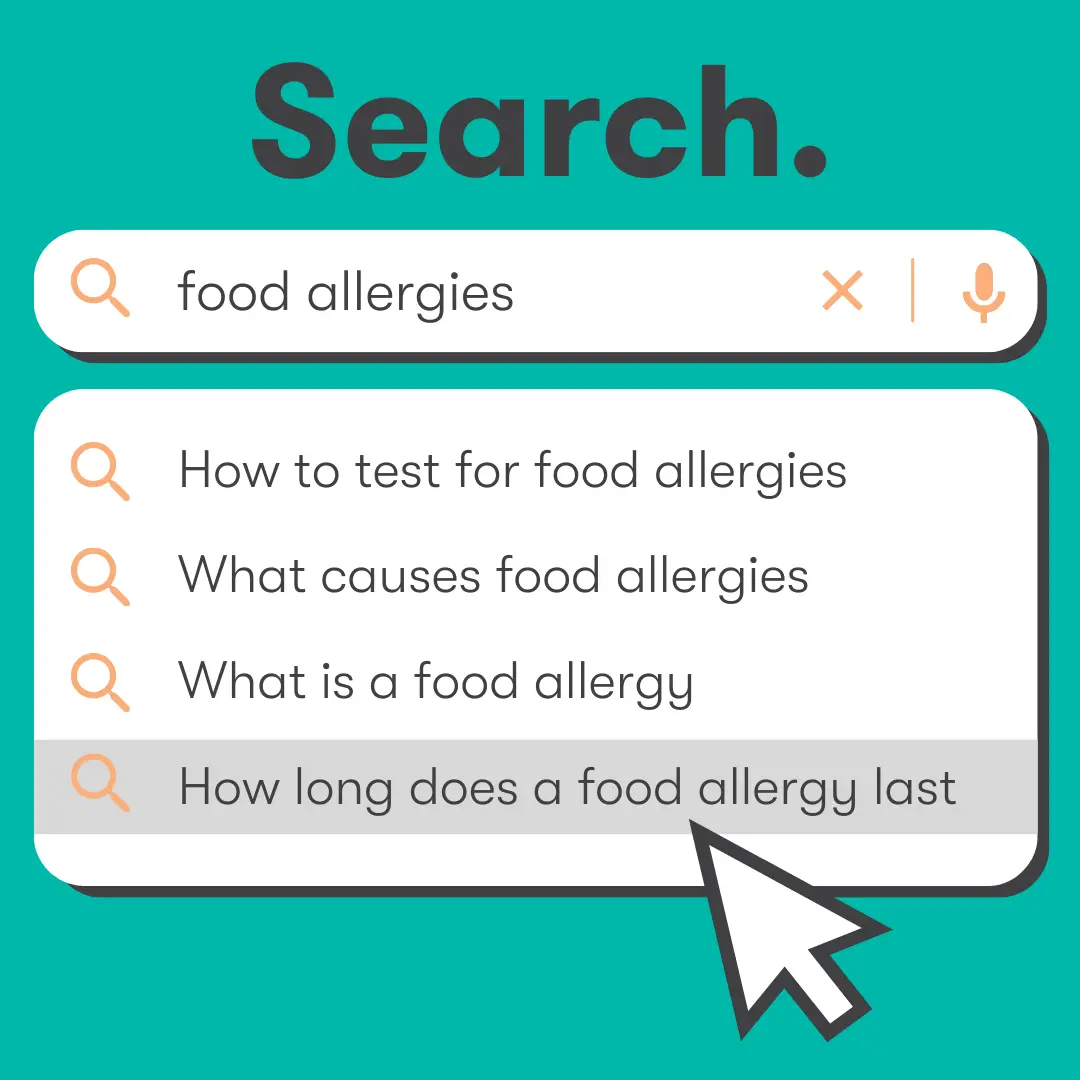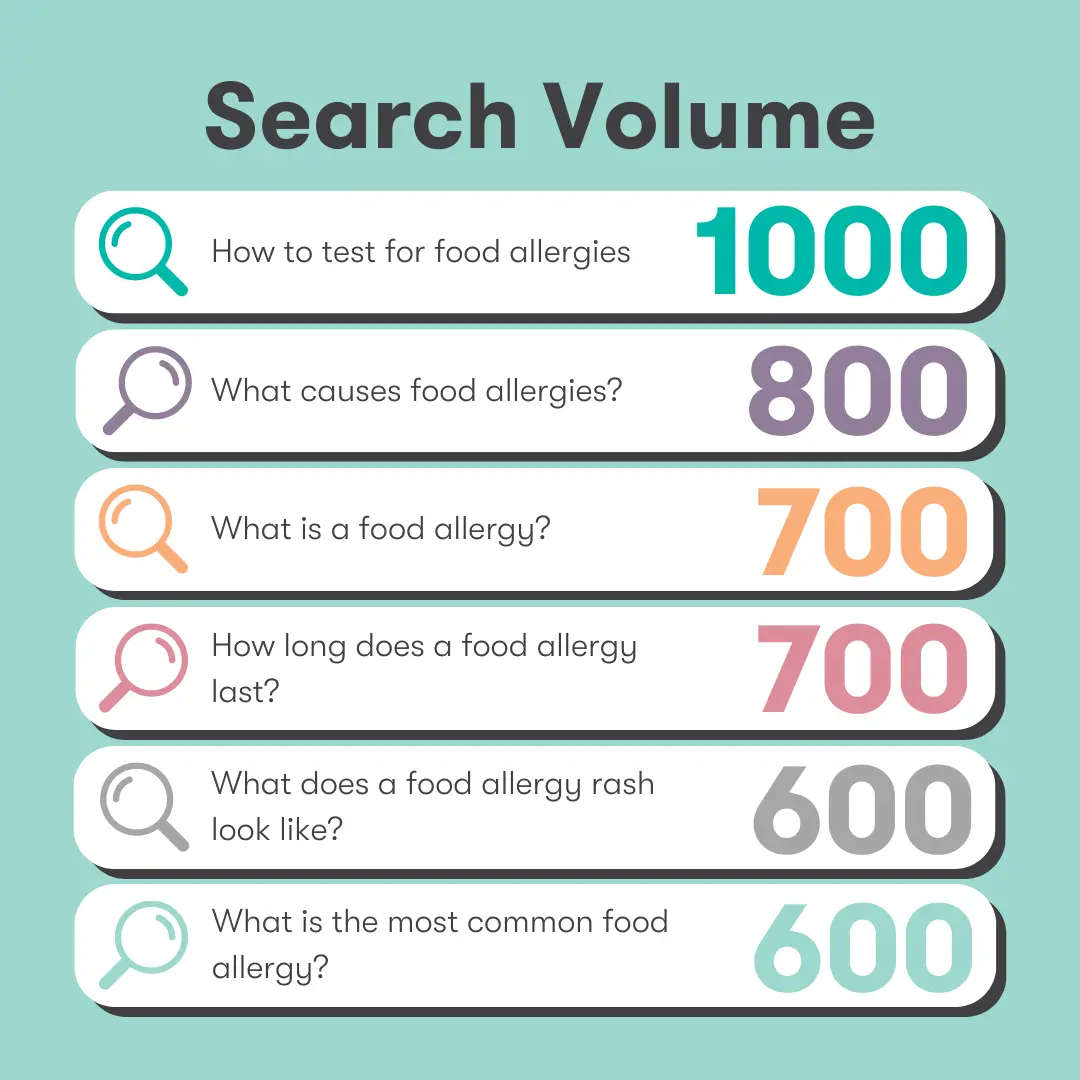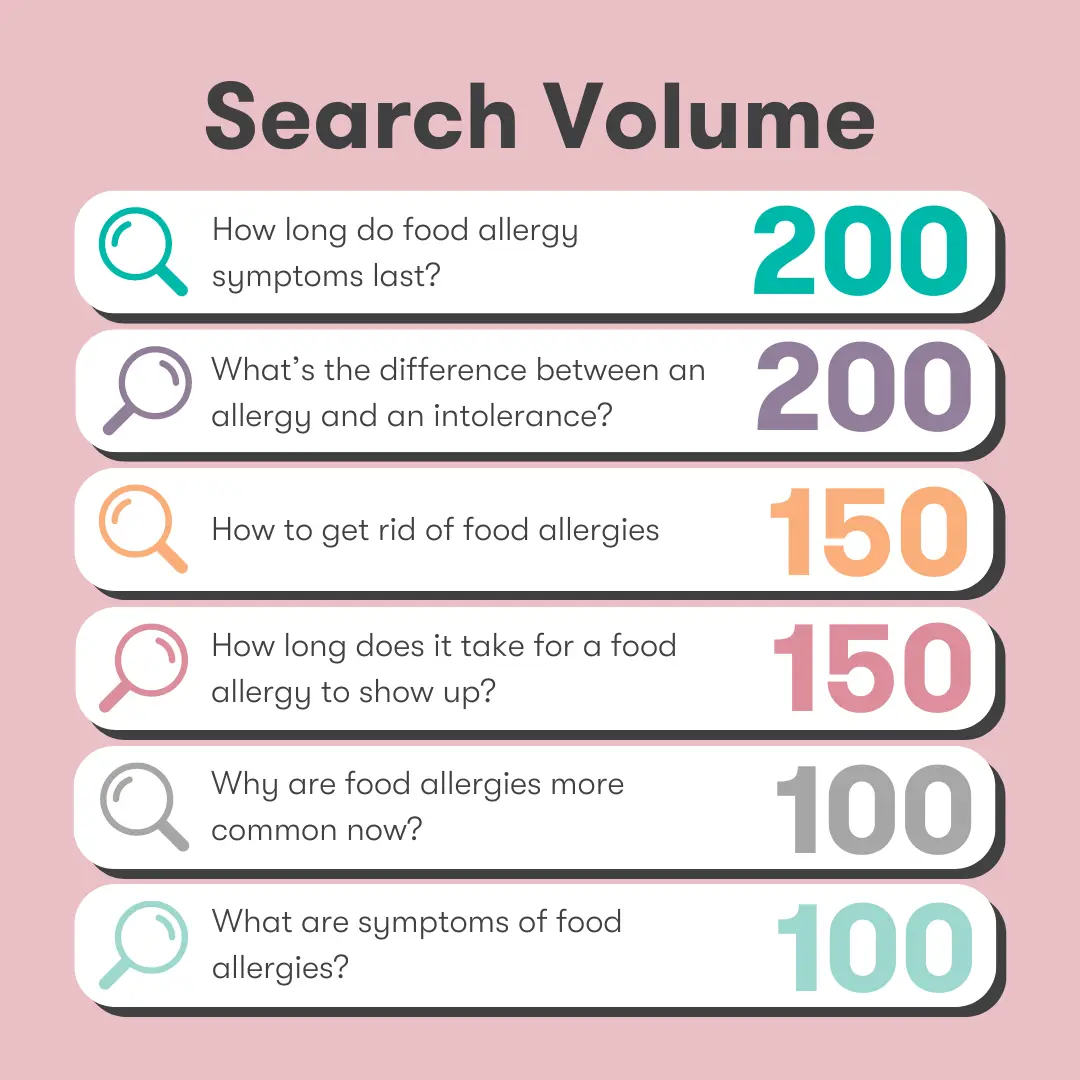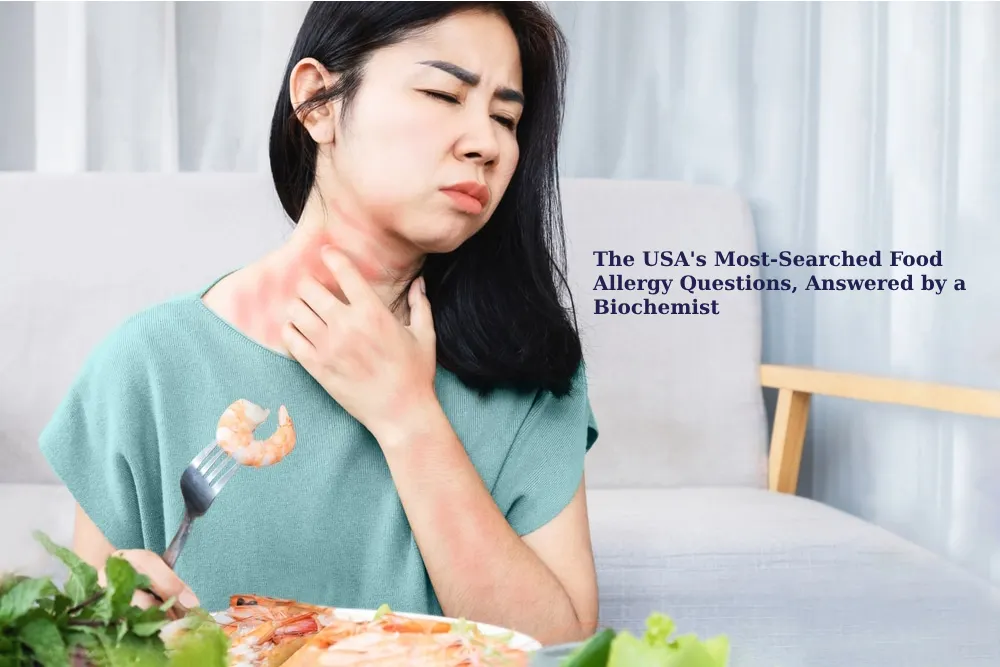
Around 33 million Americans have food allergies. That equates to approximately 5.8% of children and 1 in 10 adults. What’s even more shocking is that, of the adults living with food allergies, over half have experienced a severe reaction.
Food allergies are so prevalent in the US that it’s no surprise people turn to search engines with a myriad of questions. However, despite the abundance of information available online, it can often be overwhelming or contradictory. This leaves many individuals no closer to finding their much-needed answers.
To help, Dr. Gill Hart, a biochemist specialized in food allergies and sensitivities, has answered 12 of the USA’s most asked food allergy questions.
Table of Contents
Who is Dr Gill Hart?

Dr Gill Hart is an expert Biochemist and the current Scientific Director at YorkTest, an at-home food allergy and sensitivity test provider. She has over 30 years of experience in her respective field, having focused on the development and validation of unique diagnostic tests and testing services for hospitals and consumers.
She joined YorkTest in 2005 and has been instrumental in building the company into what it is today, supporting hundreds of thousands of people across the US and UK in uncovering their food allergies and sensitivities.
So, what are the most asked questions, according to search volume?
Taking the number one spot as the most-asked question is ‘How to test for food allergies’. Although it isn’t exactly worded as a question, Americans search for it around 1000 times every month!

Question 1: How to test for food allergies
Monthly Search Volume: Circa 1000
Dr Hart’s Answer:
Testing for food allergies can come in different forms. Your allergy specialist might use a skin prick test or an oral food challenge test, both of which need to be carried out under medical supervision. Blood tests are also an option. These can be from a finger-prick amount of blood, or from a venous sample.
Question 2: What causes food allergies?
Monthly Search Volume: Circa 800
Dr Hart’s Answer:
Food allergies are caused by an overreaction of the body’s immune system, which can cause the body to go into shock. These reactions can range from mild to severe, with severe reactions being referred to as anaphylaxis—a life-threatening allergy reaction.
Our immune system constantly fights infections, using antibodies, to keep us healthy. IgE (immunoglobulin E) is the antibody that often misidentifies food proteins as threats, stimulating the release of chemical immune mediators. These mediators cause the symptoms experienced during allergic reactions, such as closing airways, swelling, and chest tightening. Blood tests to identify food allergies measure the levels of IgE antibodies.
Question 3: What is a food allergy?
Monthly Search Volume: Circa 700
Dr Hart’s Answer:
A food allergy is the immediate, potentially fatal, reaction to a food. When the immune system is triggered, the body is (wrongly) primed to fight the threat caused by a food that should be safe to eat. Your body goes into overdrive which can have life-threatening consequences.
Question 4: How long does a food allergy last?
Monthly Search Volume: Circa 700
Dr Hart’s Answer:
Food allergies often start in childhood, but can first start in adulthood, too. Once a food allergy has developed into adulthood, it usually lasts a lifetime. Therefore, the person with the allergy will always need to avoid the food that triggers it.
Question 5: What does a food allergy rash look like?
Monthly Search Volume: Circa 600
Dr Hart’s Answer:
A food allergy rash is typically red, raised up or bumpy, and very itchy. If the food has been eaten, the rash can form on any part of the body that has been in contact with the trigger food. This includes places like the lips, tongue or throat, or hands or arms if the food has been touched. The inflammation that causes the rash results in swelling that can be very serious.
Question 6: What is the most common food allergy?
Monthly Search Volume: Circa 350
Dr Hart’s Answer:
There are over 170 foods that can cause allergic reactions, but there are 9 major food allergies that you need to be most wary of. These are peanuts, tree nuts, wheat, milk, eggs, fish, shellfish (crustaceans and molluscs), sesame, and soy.

Question 7: How long do food allergy symptoms last?
Monthly Search Volume: Circa 200
Dr Hart’s Answer:
Once you no longer have exposure to the food causing the allergy, the symptoms can last for a few hours or days. If the symptoms are severe, they will not go away without urgent medical attention.
Question 8: What’s the difference between a food allergy and a food intolerance?
Monthly Search Volume: Circa 200
Dr Hart’s Answer:
Food allergies cause a reaction as soon as the allergy-sufferer is exposed to the food, and the reaction is potentially life-threatening. Food intolerances or food sensitivities take hours or days to develop and tend to cause more chronic conditions such as digestive issues, IBS, headaches, migraines, eczema, and low energy. They are not life-threatening.
Question 9: How to get rid of food allergies
Monthly Search Volume: Circa 150
Dr Hart’s Answer:
On some occasions, allergies in children get less severe as they get older. However, this isn’t always the case. Unfortunately, in general, there is no cure for food allergies. All people with allergies can do is make certain they avoid the foods that will cause a reaction.
Question 10: How long does it take for a food allergy to show up?
Monthly Search Volume: Circa 150
Dr Hart’s Answer:
It only takes minutes for a food allergy to show up, and immediate action can be needed to combat symptoms. In some cases, the initial symptoms can subside, and a second wave of symptoms shows up one to four hours later, known as the biphasic reaction.
Question 11: Why are food allergies more common now?
Monthly Search Volume: Circa 100
Dr Hart’s Answer:
There are many theories about [why food allergies are more common], but I believe it relates a lot to the status of our guts now; 70% of our immune system is present in our guts.
“The way we eat and the type of food we now consume is very different from the way we ate in the past. One theory is that, when we’re young, we’re now less exposed to microbes and infectious agents. This may lead to the body overreacting to usually harmless proteins, causing allergies.
Question 12: What are symptoms of food allergies?
Monthly Search Volume: Circa 100
Dr Hart’s Answer:
Within minutes of eating a trigger food, a person with a food allergy might have swelling of the lips, face, or eyes, itchy skin, and a raised red rash. They might vomit or have stomach pain or diarrhea. They may struggle to breathe or feel lightheaded, dizzy, or weak, and have an overarching sensation that something isn’t right. The symptoms progress quickly so medical intervention is a must.
Final Thoughts
Navigating the world of food allergies can be challenging, but knowing the facts is half the battle. Whether you’re dealing with a food allergy yourself or supporting a loved one, just remember that you’re not alone—millions of people are in the same boat. By staying informed and taking the right precautions, you can manage your allergies effectively and focus on enjoying what matters most.
If you’re looking for more advice on dealing with allergies and sensitivities, visit the YorkTest blog for expert insight on understanding your symptoms.

